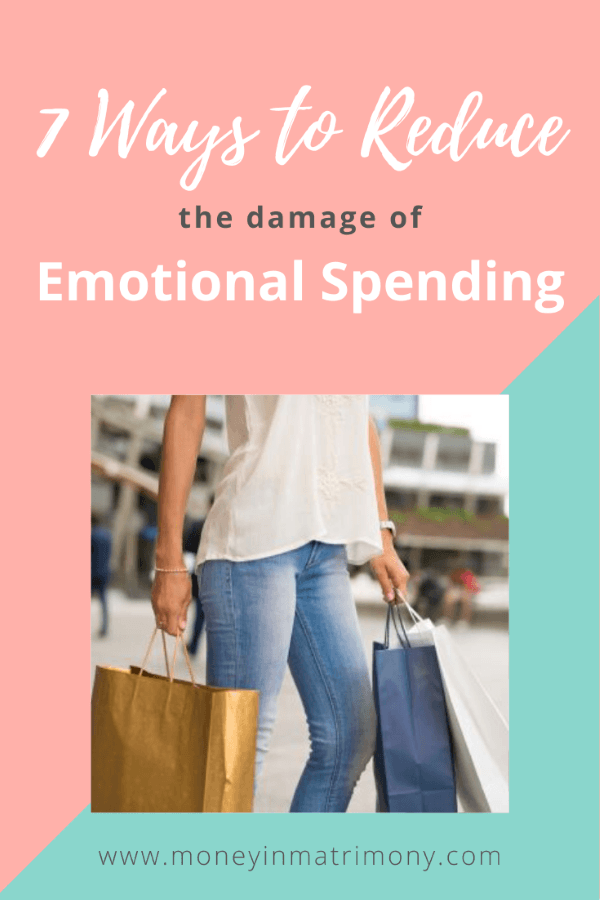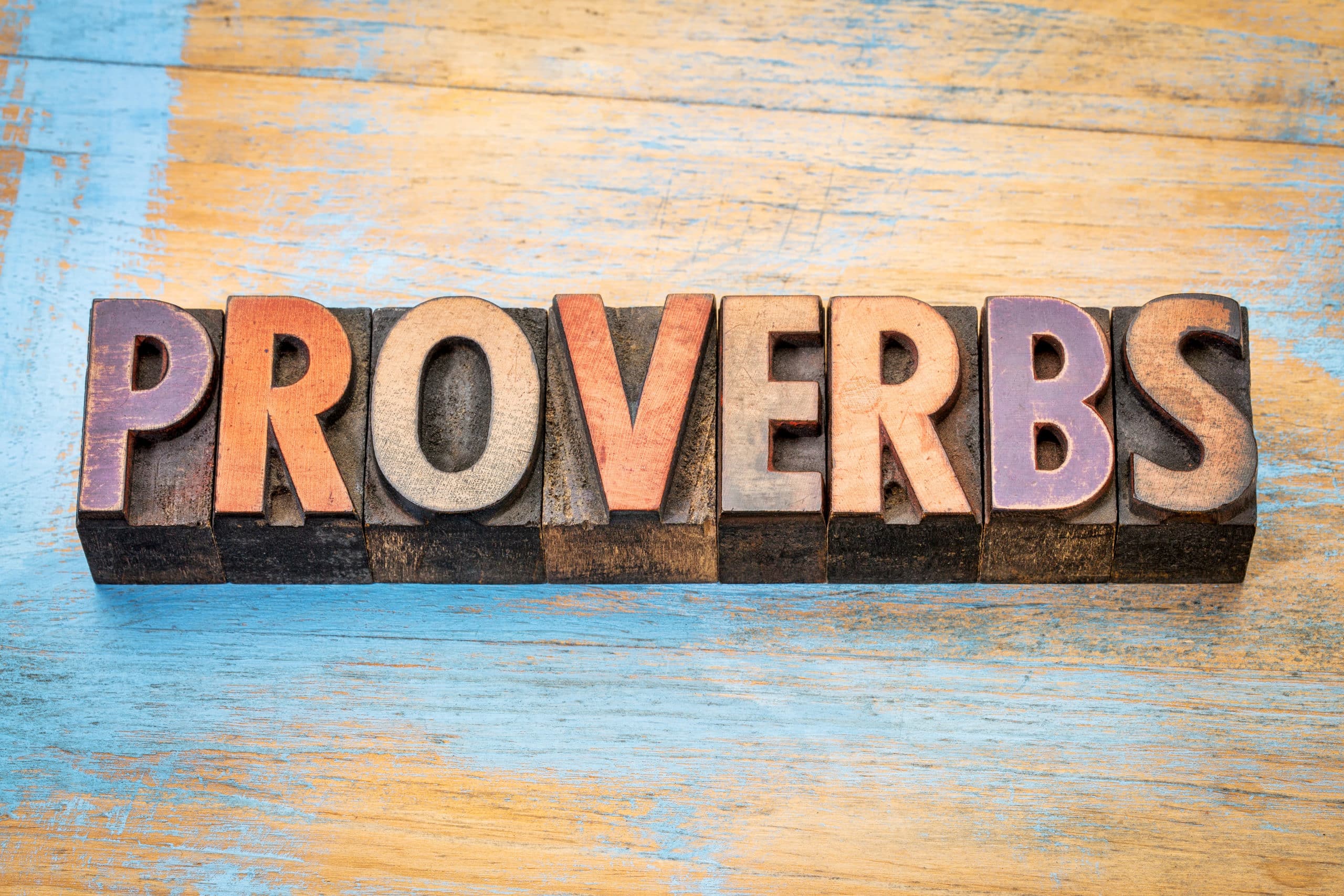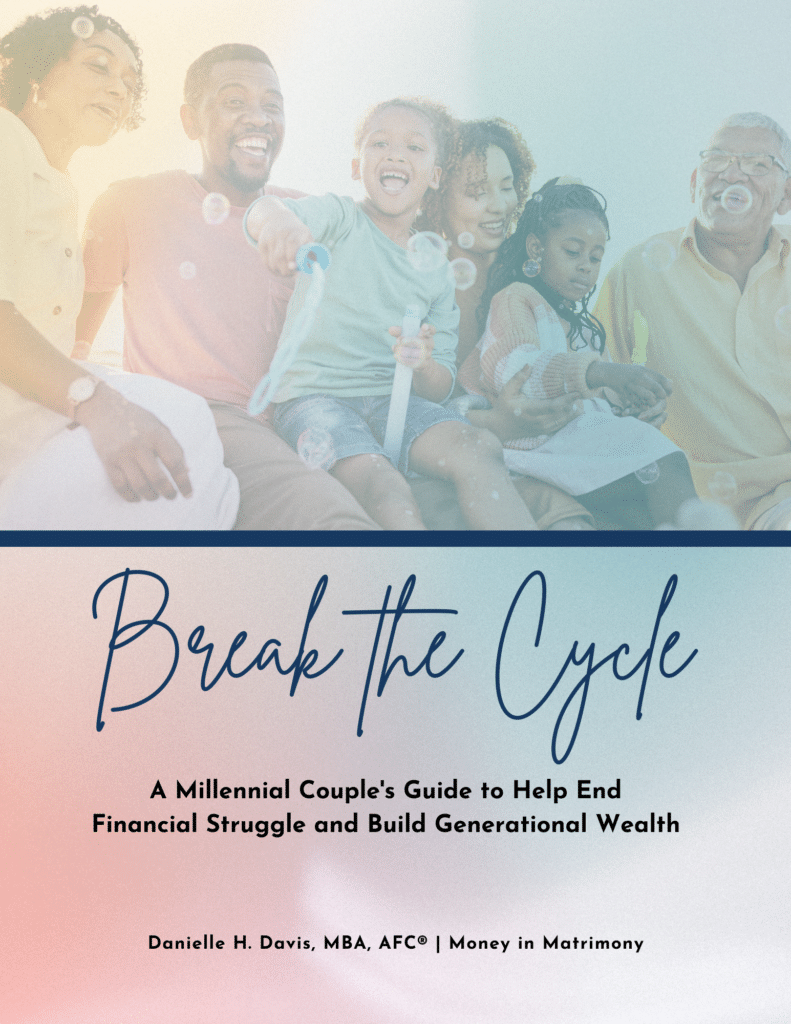7 Ways to Reduce the Damage of Emotional Spending
This post may contain affiliate links which means that I will receive a small commission for purchases made through those links, at no cost to you.

As we continue with the Money Mindset Series, I believe it is important to discuss the topic of emotional spending. In order to help you improve in this area, I will be providing 7 ways to reduce the damage of emotional spending.
What is Emotional Spending?
Emotional spending occurs when we buy things we don’t need based on how we feel. All of us might be guilty of indulging in some form of emotional spending when we are happy, sad, angry, stressed, envious, depressed, bored, lonely, etc.
When our emotions are not balanced, we tend to overspend and as a result, we end up busting our budgets. According to a survey shared by CNBC, 74% of consumers say that they have a budget. However; 79% of these same consumers admit to not following it.
What we fail to realize is that emotional spending only provides us with temporary happiness, thus causing us to repeat this same cycle over and over again. In order to get out of this cycle, here are 7 ways to reduce the damage of emotional spending:
- Question Your Motive to Buy
- Record Your Emotions in a Journal
- Engage in Other Activities
- Avoid Tempting Situations
- Limit Exposure to Advertisements
- Take a Social Media Break
- Use Cash vs. Debit/Credit Card
Let’s dive into the details.

7 Ways to Reduce the Damage of Emotional Spending
1. Question Your Motive to Buy
When you are tempted to make a purchase based on how you feel, ask yourself the following questions:
Is this a need or a want?
Why am I making this purchase?
Can I budget for it and purchase at a later date?
Will this purchase increase my debt?
How will I feel one week after I make this purchase?
Will I have to hide this purchase from my partner/spouse?
Am I buying this to gain the approval of others?
These questions can also help you to determine what your emotional triggers are. Go down this list and take time to really think about your responses. They may keep you from making a decision that you might eventually regret.
2. Record Your Emotions in a Journal
We all go through different stages of emotions, some of which we don’t feel comfortable sharing with others. A good method that I found to combat the issue of overspending is by writing in my journal. If I’m having a really bad day or if I’m overly excited, I tend to write my feelings down in my journal. This method helps me to let my feelings out while also keep me from making any emotional decisions.

3. Engage in Other Activities
Sometimes, engaging in other activities to help lift your mood will keep you from overspending. Here are a few things you can try:
- Hug your spouse/partner – It has been proven that the act of hugging releases oxytocin, also known as “the cuddle hormone.” Without getting into too much of the science behind this, research shows that hugs can have a measurable impact on mood.
- Call a friend – Don’t call the friend who will encourage you to spend. Call the friend who is more level-headed and rational so that they can encourage you to make the right decision.
- Snuggle up with your pet – Dogs and cats, in particular, can ease loneliness and reduce stress. Similar to the first example, petting and cuddling them also increase your level of oxytocin which can then boost your mood.
- Listen to Music – Listening to music can help to elevate your mood. However; it can’t just be any music; you have to choose the right kind of music. For example, if you want to feel happier, you might need to turn on some classical music.
4. Avoid Tempting Situations
If partaking in “window-shopping” on your off day will tempt you to make a purchase, then don’t do it. This includes actually visiting a brick and mortar location in addition to shopping online. You have to refrain from putting yourself in situations that might cause you to fail. Instead, try filling your calendar with other activities such as cleaning the house, reading a book, or exercising so that you won’t even have time to be tempted.
5. Limit Exposure to Advertisements
The best way I found to limit my exposure to advertisements is by cleaning up my email inbox and unsubscribing from retailer emails. Retailers tend to send you the best coupons when you don’t have the money in your budget to purchase anything. By unsubscribing from these lists, you will be less tempted to purchase items that you don’t need with money that you don’t have.

6. Take a Social Media Break
Search engines are designed to pick up on our spending habits. I have personally noticed that every time I search for a particular product or service using Google, a few minutes later, a related ad “magically” appears in my Facebook feed. This does not happen by accident. All of these techniques are designed so that we as consumers can spend more of our hard-earned money on things that we probably don’t even need. Due to this reason, I believe that taking a social media break is necessary until you can reduce the amount of overspending.
Another reason I suggest you take a social media break is because social media has a way of making you feel bad about yourself and forces you to compare yourself to family members and friends. As we scroll down our social media feeds, sometimes we allow ourselves to become envious after seeing pictures of other people getting to enjoy life, while we slave away at work.
Pictures of nice vacations or a new luxury purse on a random Wednesday afternoon might make us start questioning our spouses about why we aren’t receiving random gifts like so-and-so’s husband gave to her. In addition, jealousy and envy can cause us to make irrational financial decisions that can reverse any progress we have made in the past weeks or months. So, I urge you to take a social media break so that it won’t end up being a detriment to your finances.
7. Use Cash vs. Debit/Credit Card
While listening to a podcast entitled, 6 Bad Habits to Break in 2020, I heard an alarming statistic which stated that we tend to spend 34% less when we use cash. Now please note that in no way shape or form am I suggesting that you go out and spend money on things that you have not included in your budget. However; if you are still working to improve your emotional spending, and you feel that you just have to make a purchase, then use cash. Here’s why…Using cash hurts more. You feel the pain when you reach the cashier a crisp $100 bill. Emotionally, it does something different to you compared to if you just swiped your debit/credit card to pay for a purchase. Using cash on those days when your emotions are running wild might actually force you to think twice before you make a purchase.
Final Thoughts
I’ve provided you with a list of actionable tips to help you reduce the damage of emotional spending. Here’s a quick recap of that list:
- Question Your Motive to Buy
- Record Your Emotions in a Journal
- Engage in Other Activities
- Avoid Tempting Situations
- Limit Exposure to Advertisements
- Take a Social Media Break
- Use Cash vs. Debit/Credit Card
If you want to put yourself in a better financial position, you have to take action. The information provided will be useless if you just read it and not follow any of the suggestions. I am not promising you that this will be an easy task. It’s going to require a mindset shift along with some work. However; I’m confident that you can do it. Keep pushing! Change is on the way!








